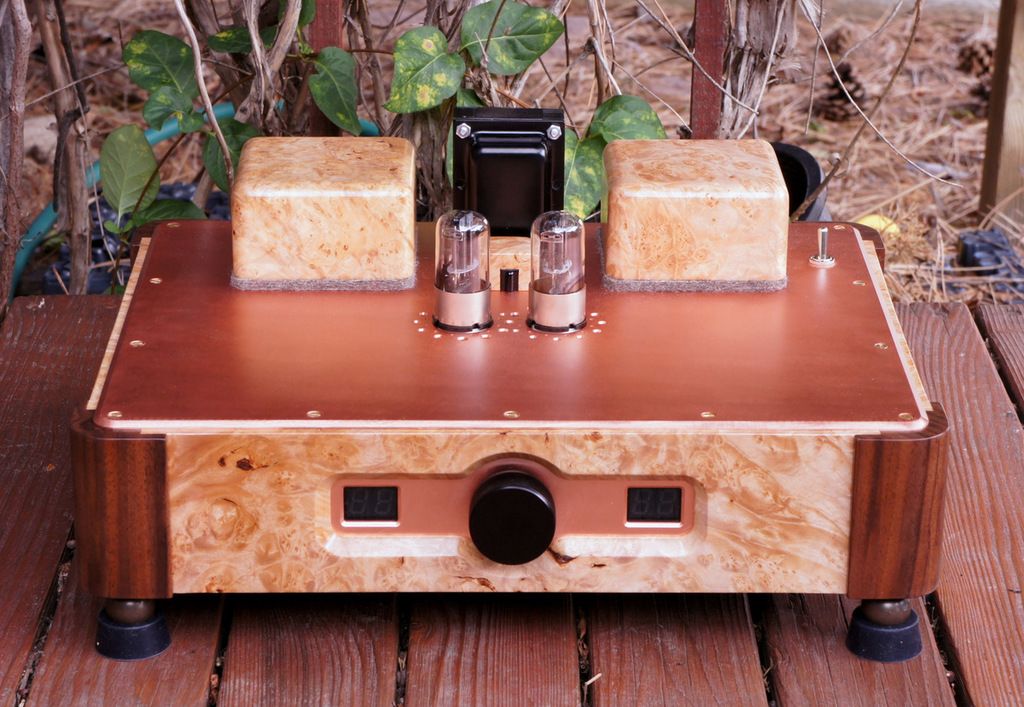That may all be true. However, it is driving up the costs for all of us. The irony is that you can still buy his product here for $30k if you get it it another color. That color is not available in Asia.
Hmm... Not quite. Consumer goods have increased in price for many reasons not limited to increased demand, low inflation, increase in income, low taxes for higher income brackets, tax breaks for large corporations in which a greater portion of the wealth is withheld from shareholders, the growing divide between the richest and poorest segments of society, and a decrease in the purchasing power of the middle-class. To say Asia’s newly found wealth and spending habits are responsible for “driving up costs for us all” is rather short-sighted, considering the West has been outsourcing most of its labour there since 1978 and paid them very little for the privilege.
One of the benefits of the fat-tails in high-end audio is that should you not wish to support companies who feel the need to increase their prices to take advantage of opportunities of Asian consumer habits, you can generally find smaller, boutique manufacturers in America, Europe and elsewhere who offer competitive products, and are often more willing to accommodate your preferences, charging mostly for their expertise, labour and parts cost, rather than their marketing and social media department looking to go global.
Best,
853guy








